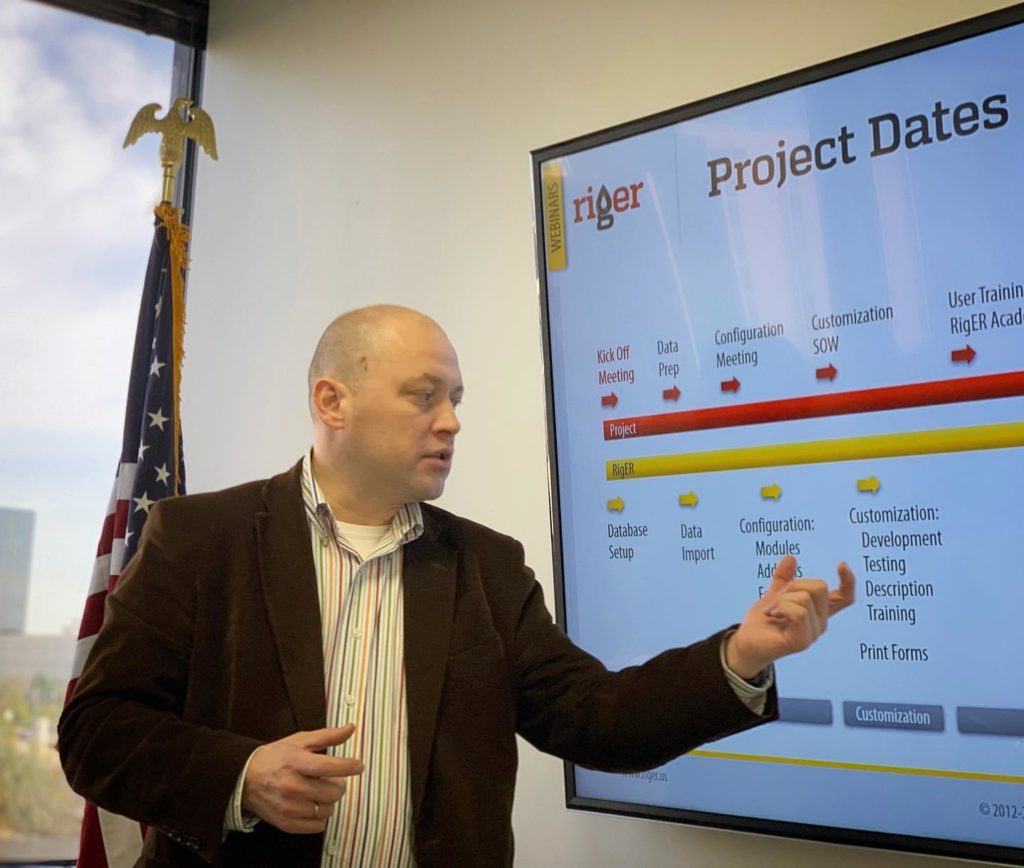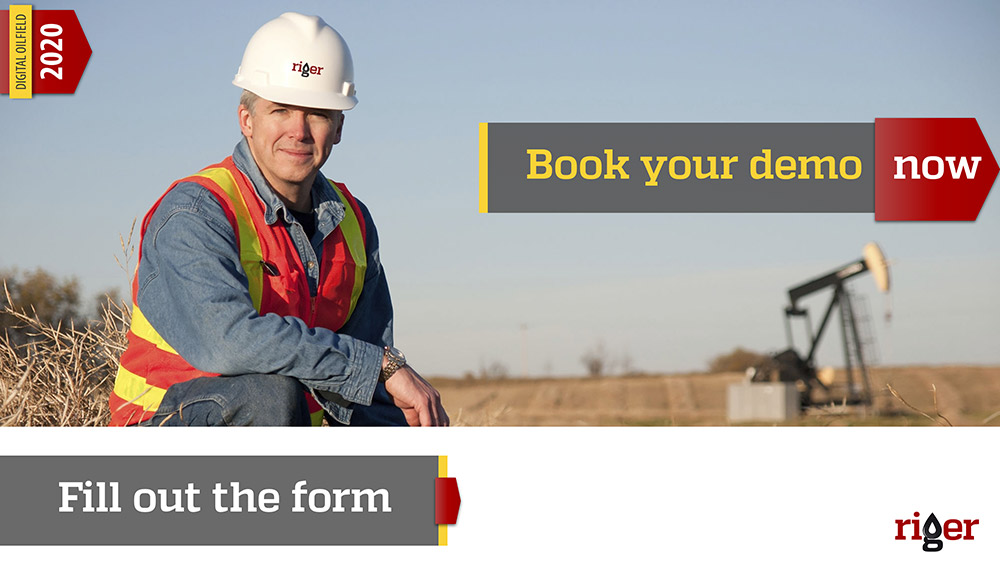Understand what could be done
Once most needs and wants are defined, the turn comes to understanding what is technically possible, what is not possible, and what’s not possible but could be worked around. Usually, this topic is not much discussed from the technical perspective with our clients because respective answers would lead away from real business issues. At whatever stage of an implementation you are, technical capabilities or limitations, depending on the perspective, are understood through a series of solution demonstrations which we organize for our clients. These show case scenarios with multiple Q&A sessions are enough for our clients and riger® team to come to common understanding of what could be done and how it could be done. Depending on flexibility and agreement between both parties to the proposed and discussed solutions, next step is to assess clients’ readiness level for the upcoming implementation process.
Assess your Readiness
This process involves both riger® team and a client’s team to organize upcoming implementation and prepare all required project inputs. After figuring out business requirements and defining a scope, this data gathering process focuses on collecting all necessary information regarding your company, daily documents, how data is structured and stored, and what software is used. First, it is important to, basically, import data into a new solution and/or build required integrations with the third-party software, hence, these details are required. Secondly, this process also helps to inventorize all your data, allowing you to see what you have or, may be, what is missing. Lastly, this allows riger® team to assess your company and your processes, and roll out a Readiness Assessment report, which will summarize what your company has on hands to kick off the project, what may be additionally required from the client side, and an assessment of the maturity level of your business processes. Our Process Maturity assessment is adapted from the original CMMI model and evaluates your business processes in terms of digitalization and automation levels. The higher the level, the better your company is adapted for Industry 4.0 standards.
Set Goals and Plan
Finally, when you have your team actively involved into the project events, you have your initial scope of work, understand all possibilities of riger® solution, and have your company, documents, data, and process maturity level assessed, it’s time to set goals and prepare a project plan. With realistic expectations and known current process maturity level, it is possible to set such goals that could be measured, managed and, much importantly, achieved. For example, you have your current process maturity level assessed at level 1.3, you would like to get at level 3 after implementation of riger® solution. With our Pre-Implementation Consulting services, you know what you need to prepare and input into the new system, you know who will need training in your company, you know how the system works and what value riger® solution brings. These things are not just uncertain perspective, but manageable expectations with known ahead outcomes. Plus, results can be measured in simple numbers of the process maturity levels. The only thing that is left is to schedule implementation process in our calendars and roll out a detailed project plan outlining what’s to be done, who’s going to be involved, when deliverables are to be ready, how long implementation is going to take, and how much it will cost.

